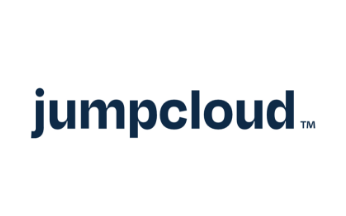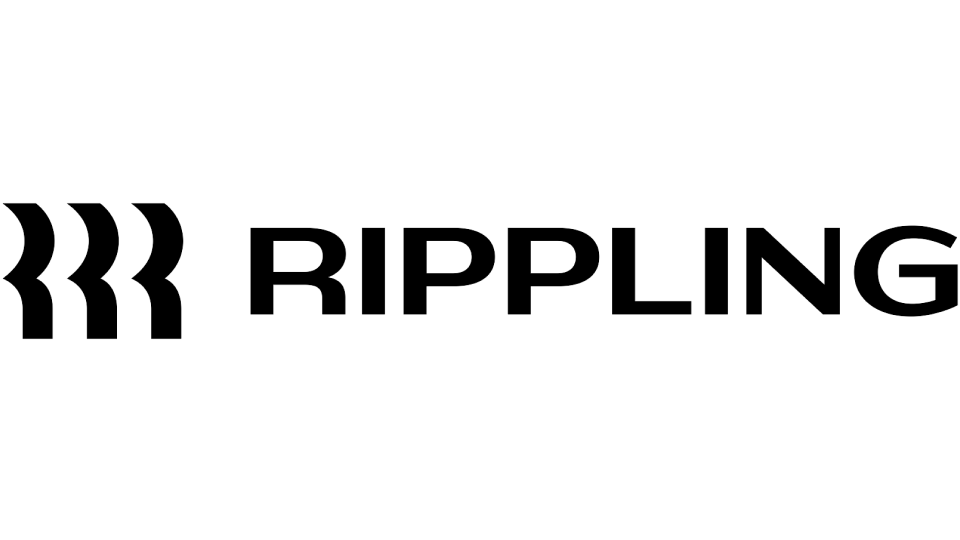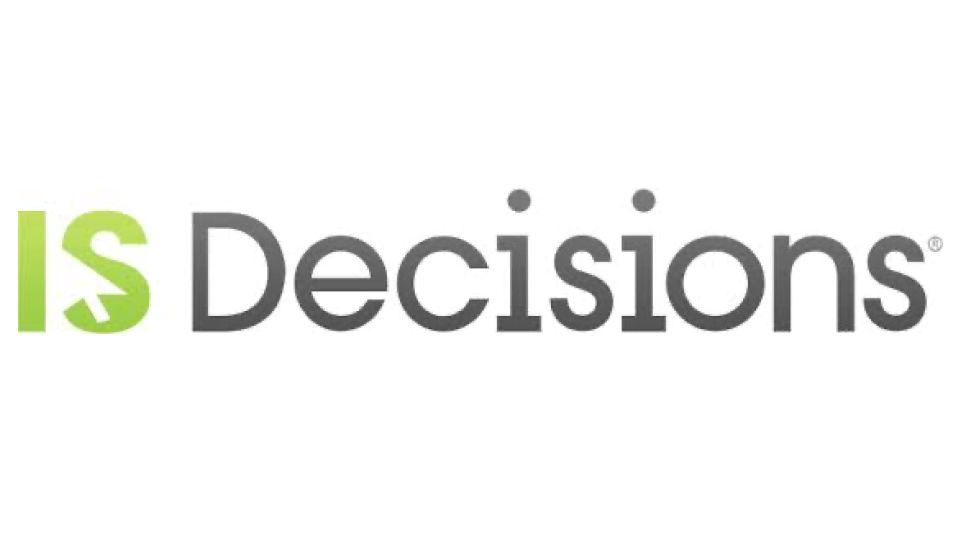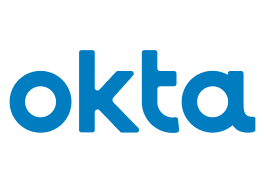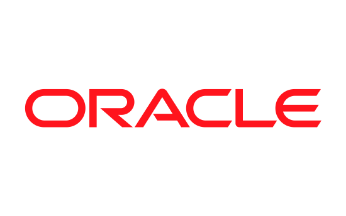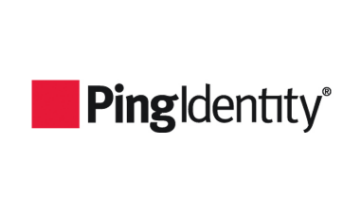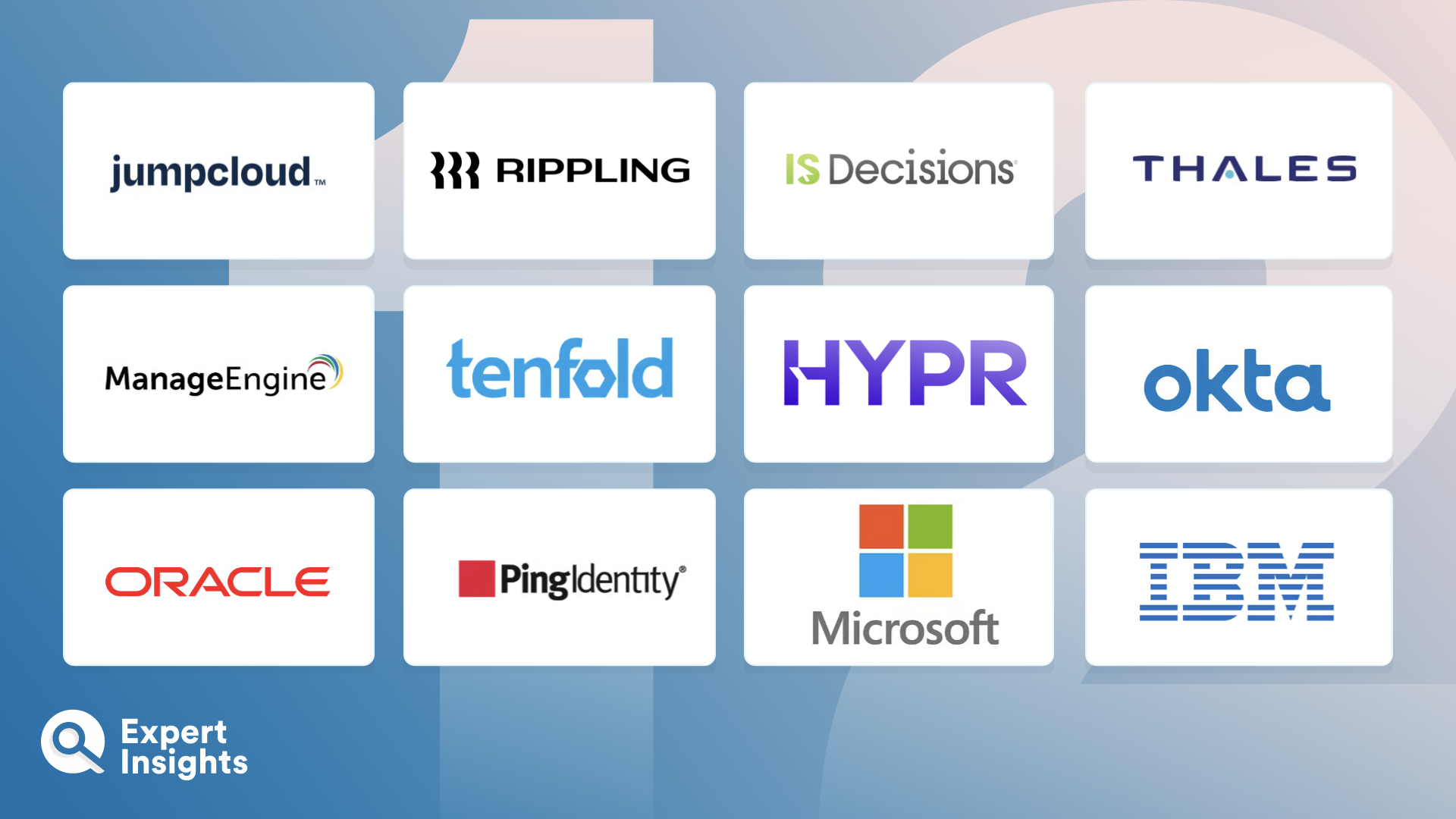Identity And Access Management: Everything You Need To Know
What Are Identity And Access Management Solutions?
Our digital identities contain information that defines our role and our level of access in the overall enterprise hierarchy, as well as information about who we are and how to contact us. Identities do not remain stagnant and evolve over time – if there is a change to the role or work technologies, for example. The role of an identity management solution is to keep tabs on these changes to effectively identify individuals, ensuring that the correct people are granted appropriate access.
What Is Access Management Software?
Identity management involves authenticating digital identities to ensure that a user is authentic, and that they have the correct permissions for being permitted access to a particular network are or service. Any identity that cannot be verified, or does not have the correct permission level, should be prevented from accessing resources.
Authentication and authorization are not the same thing, and both are required to be permitted access. Your identity can be authenticated (proof that you are who you say you are), but that does not mean you have authorization to access a particular area.
Identity access control software facilitates attributes based access control, while identity protection services work to evaluate those attributes based on policies to make an access decision.
How Identity and Access Management (IAM) Works
Identity and access management is a term that does not stand for a clearly defined system. A range of different functionalities are covered by IAM solutions, but the precise scope of features will differ from one product to the next. IAM solutions give companies the capability to manage users and permissions for various systems and applications, all within one central platform. Automation is a key component for managing digital identities, and is achieved through standardizing processes and workflows across multiple user accounts.
The core properties of an IAM system include the ability to identify, authenticate and authorize. The system will permit access to the desired resources only to the correct people, excluding access to any who are not authorized. System administrators are able to define policies that explain who should be permitted access specific network areas, without compromising security.
An IAM framework includes certain core components, including:
- A database that holds all user information and access privileges
- IAM tools that allow you to create, monitor, modify, and delete access privileges
- A system that allows for auditing login and access history
The list of access privileges needs to be kept up to date, altering as new users start, old users leave, or in response to a role change. IAM functions typically fall under IT departments in charge of handling cybersecurity and data management.
How Is IAM Software Deployed?
Identity and access management software can be deployed on-premises, or alternatively businesses can take a cloud-based approach. With on-premises deployment, software must be installed on your own computers. Cloud resources, on the other hand, can be deployed quickly and easily without requiring any additional installation.
Why Do You Need An IAM Solution?
Not having an IAM strategy is simply not an option today. With hybrid workplaces and so many remote employees, identity and identity compromise is one of the biggest cause of breaches. Users will always need to access data and tools that are restricted from general use. The more robust your identity security, the more comprehensive your overall security will be. This type of solution also makes it easier for users who can use biometric authentication and SSO, for instance, rather than having to manage multiple passwords.
One of the main tasks facing IT teams today is determining how best to protect the identities of their remote workers while ensuring they can still access the resources they need to fulfill their work tasks. IAM supports this by enforcing individual, personalized security.
The benefits of utilizing IAM are obvious but may not seem necessary for every enterprise at first glance. However, all organizations that have users logging into a restricted area can benefit from IAM.
How Can You Compare Identity And Access Management Systems?
The best way to compare identity security solutions is to first get a clear id
The best way to compare identity sec solutions is to first get a clear idea of your organization’s specific needs. These needs may differ widely depending on industry, number of users, and other risk factors. Once you have a clear understanding of your need, read our buyers guide to understand the top solutions on the market. Your decision may come down to a specific capability, familiarity with the security vendor offering the solution, or specific recommendations from peers.
With such a wide range of IAM solutions available on the market, enterprises may struggle to narrow down their choices. One way to do this is to carry out the following activities:
- Conduct a full audit of legacy systems, particularly if you have applications in the cloud and on-premises
- Identify and outline existing security gaps for both internal and external stakeholders
- Define the different types of users and the specific access rights they will require
Once you have a firm idea of your organization’s security needs, it is time to pick the IAM solution best suited to them. You may choose a standalone solution, a managed identity service, or a cloud subscription service from a third party, such as an Identity-as-a-Service (IDaaS).
What Features Should You Look For When Considering IAM Solutions?
Solutions will differ from vendor to vendor, but typically should include the following features to be considered a robust solution:
- MFA. This is an absolute must-have that any decent IAM solution should be including. MFA is undeniably safer than using a single authentication method (like a passcode or password/login).
- Passwordless authentication. Passwordless authentication options streamline login process whilst maintaining a robust security standard.
- Privileged Account Management (PAM). Privileged accounts are a particularly vulnerable to attack as these accounts have a high level of access. Compromising a privileged account is an attractive target for attackers. There should be as limited a number of privileged accounts as possible – this way you can reduce the attack surface. IAM solutions should have appropriate and additional controls in place to manage privileged accounts and keep them safe.
- Role-based access control. Organizations utilizing role-based access control will have greater control over their permission, increasing security in critical areas through ensuring that that users only have access to information they absolutely need to do their job role. This comes under the category of zero-trust infrastructure.
- Audit and compliance compatibility. It is increasingly important to be able to provide a comprehensive digital trail for audit purposes and to maintain compliance. A good IAM system should be able to provide this information regarding all users’ access across all digital files.
Benefits Of Implementing An Identity And Access Management Solution
In your network, who has access to what? If this is not a simple to answer question, there is a chance that the level of data security in your company is lacking. The most significant threat to your organization’s sensitive data is not the infamous hacker, hidden away and hatching plans to poke holes in your defenses. Instead, the greatest danger comes from within. It’s your employees, coworkers, contractors, and – more often than not – it is entirely unintentional. Simply having too many access points can make it so that generally trustworthy employees become a weak point in your armor.
Identity and access management solutions are not only helpful for users, security and IT admins, they are beneficial for enterprises as a whole. There is a range of benefits to having a good IAM framework in place, including:
1) Making The Lives Of End-Users Simpler
With an IAM system enabled, access to corporate systems is granted to users––including employees, contractors, third parties, vendors, customers, guests, and partners–– regardless of their location, the time, or even the device they are using. IT administrators can negate the need for users to manage multiple accounts for all corporate applications or resources by using IAM systems to form a unique digital identity for every one of their users, which includes a single set of credentials.
This streamlined identity security reduces the likelihood of employees ending up locked out of their accounts for long stretches of time, waiting for assistance to reset their passwords or to be provided access, and could help to boost productivity.
With the use of a method of authentication like single sign-on, users can use their unique digital identity to gain access to cloud-based, web-based, SaaS, and virtual applications. SSO helps by easing the friction of the authentication process and contributes to the improvement of user experiences.
2) Improved Password Safety
IAM systems not only allow for a far smoother sign-on process and boost employee productivity, they also contribute to the eradication of outdated and unsecure password practices like reusing passwords or sharing passwords between users insecurely.
One of the most common causes of data breaches is compromised user credentials, with as much as 81% of hacking-related breaches resulting from compromised passwords. This is not surprising, considering that at least 60% of people are regularly reusing passwords across multiple sites despite the known risks of doing so (read more about these risks in our blog: 5 Reasons You Should Never Reuse Passwords). With the password management features offered by many IAM systems, security admins can more easily encourage password best practices––strong authentication measures, frequent password updates, and minimum character lengths––to boost security and prevent common risky password security mistakes.
3) Stronger Data Security
IAM solutions help organizations to identify and mitigate security risks. With IAM policies applied across the whole company, it becomes easier to identify policy violations and cut off access to certain privileges, without the need to search through multiple distributed systems. IAM can also be leveraged to make sure that any security measures that are in place are meeting regulatory and audit requirements. These policies also reduce the threat of internal attacks, as employees are only granted access to systems up to a certain level necessary to perform their role and are unable to escalate privileges without approval or a role change. An IAM can help avoid the spread of compromised login credentials, block unauthorized entry to the organization’s network, and offer protection against a range of cyber-attacks including ransomware, hacking, and phishing.
Increasingly, IAM systems are making use of automation, identity analytics capabilities, and AI and machine learning, which allows them to identify and prevent unusual activity. Also, by using an IAM system, IT departments can keep track of how and where users’ credentials are being used, so admins can more easily identify which data may have been compromised in the event of a data breach.
4) Simplified Security Processes
Having a good IAM system in place for your organization comes with the advantage of boosting the efficiency and effectiveness of your security team by making their lives simpler. Whenever there is an update to an existing security policy, all access privileges can be changed in one sweep across the organization. If your IT administrators can use IAM to allow or deny access, based on predefined user roles already organized neatly in a database, this not only makes the whole process more secure by reducing the likelihood of granting unauthorized access to the wrong users, it also cuts down considerably the amount of time needed to onboard and offboard users.
To prevent any unauthorized individuals from accessing certain resources, security admins can apply to user roles the principle of ‘least privilege’. This means that users are provided with the minimum level of access or permissions required to perform their job functions, which helps by ensuring that employees, contractors, partners and guests can be easily and quickly set up with access to just the resources they need, without compromising data security.
Federated identity management – which SSO is a subset of – works by linking user identities across multiple organizations. With federated identity management, companies and partners can make a noticeable reduction to overhead costs, through sharing a single application for all user identities.
5) Maintain And Demonstrate Regulatory Compliance
Security is also a matter of law, regulation, and contracts. A number of regulations have data security, privacy, and protection mandates in place that relate directly to IAM, including HIPAA, GDPR, the Sarbanes-Oxley Act, and PCI DSS. In order to demonstrate compliance, organizations need to understand and be able to verify protections for their data, including who has been permitted access to it, what protections are in place to regulate that access, the process to revoke access, and how the management of passwords works.
In the event of a compliance audit, identity management systems also help IT admins to demonstrate that the proper controls are in place to protect corporate information and to prove how, and in what situations, user credentials are used.
6) Management And IT Costs Are Reduced
Gartner estimates that up to 50% of helpdesk calls are password-related, typically from users looking to reset their passwords. For a large organization, staffing and infrastructure to handle password-related support costs could equate to over $1 million a year, according to Forrester Research. An IAM system makes managing help desk employees and administrators simpler and significantly reduces the amount of time spent on minor security tasks like helping users who have been locked out of their account gain back access. Instead, that time can go to more important tasks.
Consolidating user accounts into singular identities can come with the added benefit of negating other enterprise expenditures. For example, the cost of managing identities across multiple (often legacy) applications can be reduced using federated identities. With the use of a cloud-based IAM service, you can also reduce or even eliminate the cost of purchasing and maintaining on-premises IAM systems.
In Conclusion
A strong IAM solution should covers the increasing necessity for organizations to have quick, secure, and centralized control over the identities of their clients and workforce. They should also be scalable and adaptive. Small and mid-sized organizations can make the mistake of choosing a bulky, overly complex ID management systems that ends up costing them al lot of time and resources to maintain, when a more lean, low-code solution would be a better choice for them.
Employees face so many diverse security threats today, especially in the era of remote working. IAM solutions allow organizations to provide effective and responsive user authentication and validation. This ensures that access is granted in accordance with the organizational policies, and that no user is permitted access beyond their needs. These solutions also ensure that admins have comprehensive logs of user activity, allowing them to identify who has had access and who has implemented changes.



